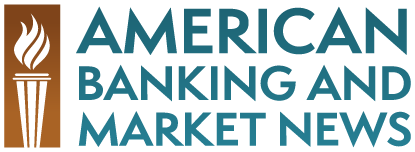The United States Federal Government has collected profits of about $4 billion from eight of the nation’s largest banks that have repaid fully their loans from the Troubled Asset Relief Program (TARP) in addition to the repayment of the principal on their loans.
The government has collected about $1.4 billion in profit from Goldman Sachs (NYSE:GS), about $1.3 billion from Morgan Stanley (NYSE:MS) and $414 million from American Express (NYSE:AXP).
Other banks, including Northern Trust (NASDAQ:NTRS), Bank of New York Mellon (NYSE:BK), State Street (NYSE:STT), US Bancorp (NYSE:USB) and BB&T (NYSE:BBT) have each paid their principal balances and between $100 and $334 million in profit to the US Government. There are also 14 small banks that have paid back their loans with interest to the tune of $35 million.
The annualized rate of return that the United States Government received on the money that was paid back was about 15%, but this figure does not include banks that have not paid back their loans in full or banks that have failed. Including funds lost from failed banks, that number would likely be much lower.
The United States Government is still not out of the water when it comes to bailouts. There are still major potential liabilities from bailouts of insurance companies, such as AIG, Fannie Mae and Freddie Mac, as well as the automotive industry. There are still also major potential losses for the Treasury Department for the billions of dollars it’s currently guaranteeing in toxic mortgages.






